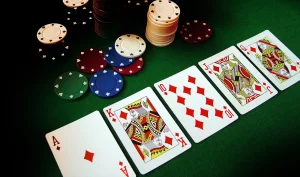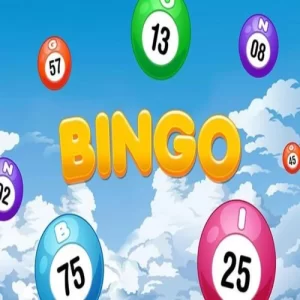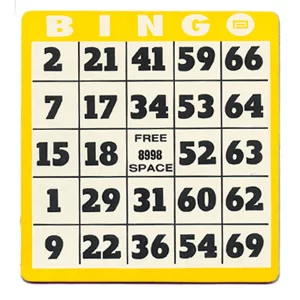The Psychology of Card Counting in Blackjack

The psychology of card counting in blackjack involves keeping a mental tally of the relative number of high cards to low cards that have been played. This tally allows the player to make better decisions in a casino. However, it can be difficult to resist the temptation to chase losses.
Basic strategy
As long as there has been gambling, players have tried to find ways to beat the house. They have done everything from covering their bets to finding patterns in slot machine results, but counting cards became the most influential process for giving a player an edge over the dealer. This technique isn’t foolproof, but it does give players a slight advantage over the casino.
A basic card counting strategy involves keeping track of the number of high-value cards remaining in the deck. This information allows the player to adjust their bets. When the count is high, they increase their bets, while when it is low, they lower their bets. This gives them a positive expectation over the casino, which helps them gain an edge over the dealer.
Card counting in blackjack can be very profitable, but it also requires a lot of dedication and energy. In addition, casinos have a variety of tricks to discourage card counters.
Insurance bets
Insurance bets can have a huge impact on your blackjack game. The exact odds vary based on how many decks are used and the number of cards that have already been dealt. However, the odds of winning are still stacked against the player, especially if they are counting cards and are not proficient at basic strategy.
For the most part, insurance is discouraged. In fact, if you are using a well-developed card counting system, it will help you to avoid making this side bet. This is because the odds of a dealer having blackjack are much lower than the odds of the player’s winning their main bet.
To make a basic blackjack insurance bet, you place a $5 wager against the dealer’s exposed card. If the dealer has a ten underneath, you win your original bet back and break even. If the dealer does not have a ten, you lose your insurance bet and your blackjack hand is paid 3-2.
Dealer’s face-down card
Card counting is an advanced strategy that can help players win more hands. However, it is important to understand that it does not guarantee winnings. In addition, it is possible for a player to lose due to bad luck, even if they are counting cards.
Counting cards involves keeping a tally of low and high value cards in the deck. The tally is called the running count, and it reflects the player’s advantage in the game. The higher the count, the greater the player’s edge.
Keeping track of the count requires patience and practice, but it is possible to learn blackjack card counting. Using this technique, players can improve their true counts and make more decisive wagers. In addition, it can be helpful to minimize losses when the count is low. Moreover, it is important to be discreet while counting cards. Casinos aren’t big fans of card counters and can ban players who are spotted doing so.
Counting cards
Card counting is a technique that can give players an edge over the house in blackjack. It involves assigning values to each card that is dealt, then adding them up to keep track of the total number of high cards versus low cards. The player then adjusts their bets accordingly. There are a variety of card counting systems, but they all require practice to master. The most popular system is the Hi-Lo system, which was introduced by Harvey Dubner in 1963 and has been used by many blackjack experts.
Counting cards can be risky because casinos are aware of this strategy and may take measures to identify counters. For example, they often watch players closely for certain game plays, such as splitting 10’s. If a player splits 10’s while counting cards, this is a red flag for the casino. Additionally, blackjack has a high variance and players must be prepared for large swings in their bankroll.








